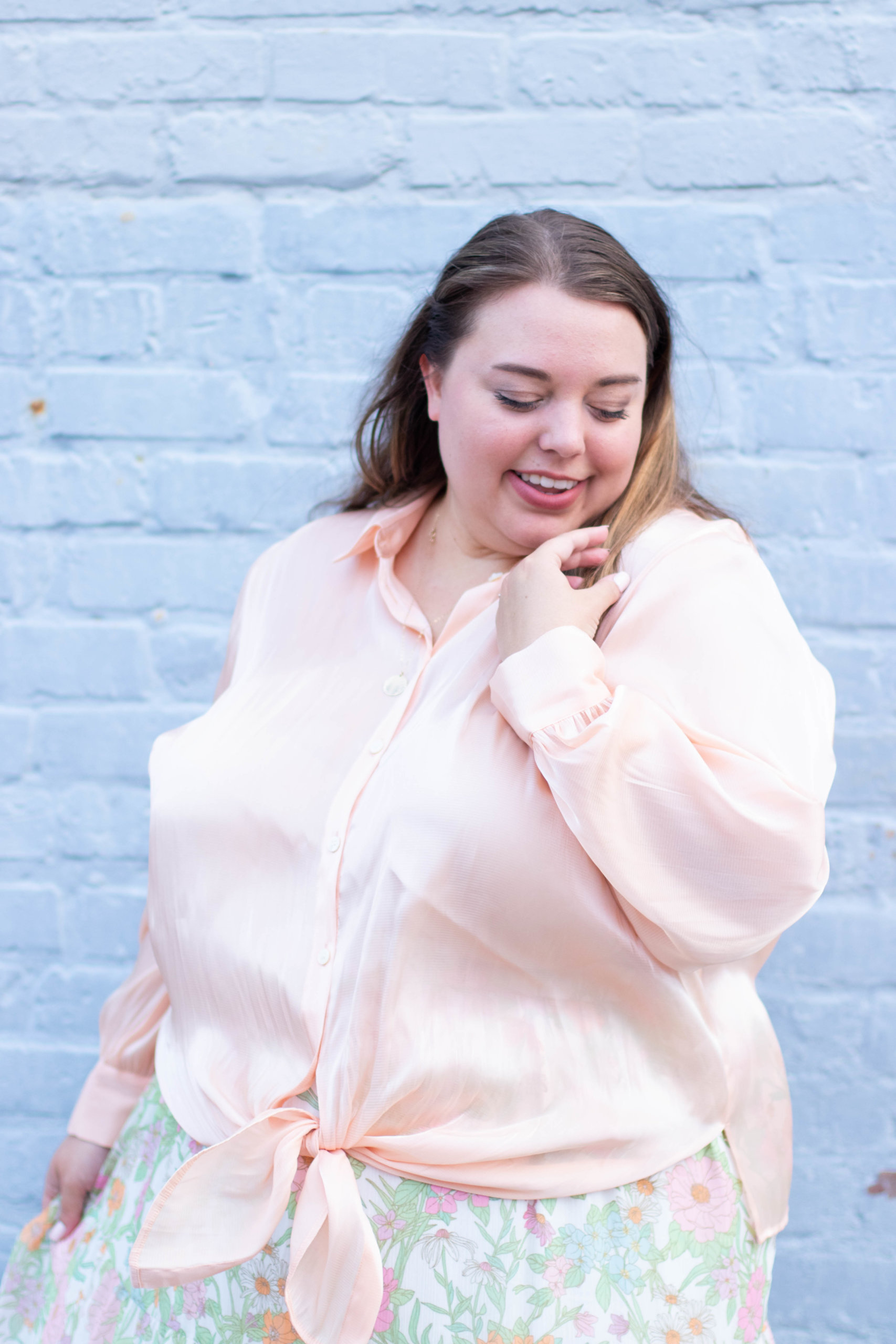
The Blog
My Favorite Photography Pose – Twirling
May 18, 2022
Table of Contents
Share on Social Media!
What if I told you that there’s a pose that guarantees your photos look cute, fun, and romantic? Every time. Guess what, there is and it is twirling. Twirling, spinning, whatever you want to call it is the perfect pose for giving your photos a sense of movement and fun. The best part, twirling photos aren’t as hard as they seem to pull off.
My Favorite Photography Pose – Twirling Technical Note
Getting good twirling photos is a little bit like photographing sports. Why? Because you’re going to take a bunch of photos and then pick the absolute best ones. To capture twirling photos you’re going to want to have your shutter speed up fairly high and have burst mode (aka continuous shooting mode) turned on. Every camera is a bit different in terms of what it is called and how to turn it on, but your manual should tell you. Phone cameras also have burst mode. Basically what it does is capture a lot of photos all at once – almost like a flip book. It will allow you to shoot quickly as the subject is twirling.
My Favorite Photography Pose – Twirling Solo
Sometimes twirling photos can seem intimidating, not only because of having to turn on burst mode, but also because there are a few instructions for the subject to follow. Don’t be intimidated! Also, don’t be afraid the subject to do it again! I can’t tell you have many times I’ve quickly reviewed a few of the photos and then asked the subject if they would twirl again with a small adjustment. It isn’t a big deal and the final photos are always worth it!
When giving instructions, I usually start with hands. If someone is twirling, both hands need something to do. I know, it sounds silly, but hands left unattended will do odd things. Trust me. Honestly, giving both hands a job in a must for any pose. For twirling, one hand needs to be holding/moving the fabric. Make sure the subject isn’t holding the fabric too tight. Think of someone curtseying, that type of hold is too tight. It needs to look natural. As the subject is turning, they are going to swish their hand forward and back so the fabric moves. We will cover this in a second, but they shouldn’t be turning quickly enough to move the fabric on its own. The other hand can be in their hair, on their hip, on their collar, whatever you think looks best. Holding on to their hair is my favorite. (See Olivia below.)

In terms of where they should be looking, they should alternate between looking at the camera and either the ground or their other hand. They also need to smile the entire time. It can be a small smile, but there’s nothing more jarring than a photo of someone twirling who also looks unhappy. Not the vibe we are going for.
When it comes to the actual twirling, they should just slowly rotate on the spot. As mentioned above, the goal is not for them to twirl so quickly that their dress/skirt/cardigan flows. They will make it flow with the hand holding on to the fabric. By twirling more slowly, they can focus on their posing, plus they can also smile. There’s no rush to this.

My Favorite Photography Pose – Twirling for Couples
In some ways, twirling for couples is the same as twirling solo. The person with the flowing clothes should have one hand holding the fabric and should swish it back and forth. Their other hand will be held by their partner. Instead alternating between looking down or looking at the camera, the person twirling will alternate between looking at the ground and looking at their partner.
The partner not twirling should stand with their feet facing their twirling. One hand in their pocket and the other hand holding their partner’s. Michael, in the photo below, is a perfect example of how the non-twirling partner should be positioned. They should continually be looking at their partner and be smiling.

My Favorite Photography Pose – Twirling FAQs
What if the subject doesn’t have enough material to really ‘twirl’ it?
This is one where you have to use your judgement. Obviously in a really tight dress or skirt, there won’t be any fabric to grab and the pose will look silly. If there is at least some material to hold on to, you can probably make it work. In the photo below, Gina’s skirt isn’t particularly flowy, but she had enough fabric that she could hold on to. Her skirt doesn’t give the photo a ton of movement, but it gives her hand something to do and goes with the vibe of the photo as Eric is twirling her around.

Should all twirling photos be full body shots?
Not necessarily. In the photo below, you can’t really tell that Madison is twirling, but you can tell she’s in some sort of motion. Feel free to experiment with different types of shots. However, I would shoot everything full body and then experiment with cropping in post production. The first photo of Olivia at the top of this post is also a great example of a twirling photo that isn’t a full body shot.

My Favorite Photography Pose – Conclusion
Capturing twirling photos isn’t hard, but there are a few moving parts. Be kind to yourself. After you’ve done one or two attempts, reflect and see what you think you can do better the next time. We are all always learning and growing, so you aren’t alone.
